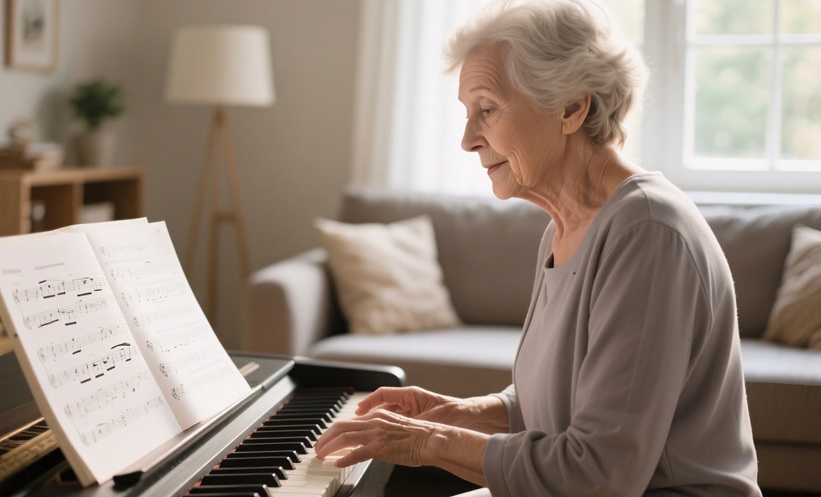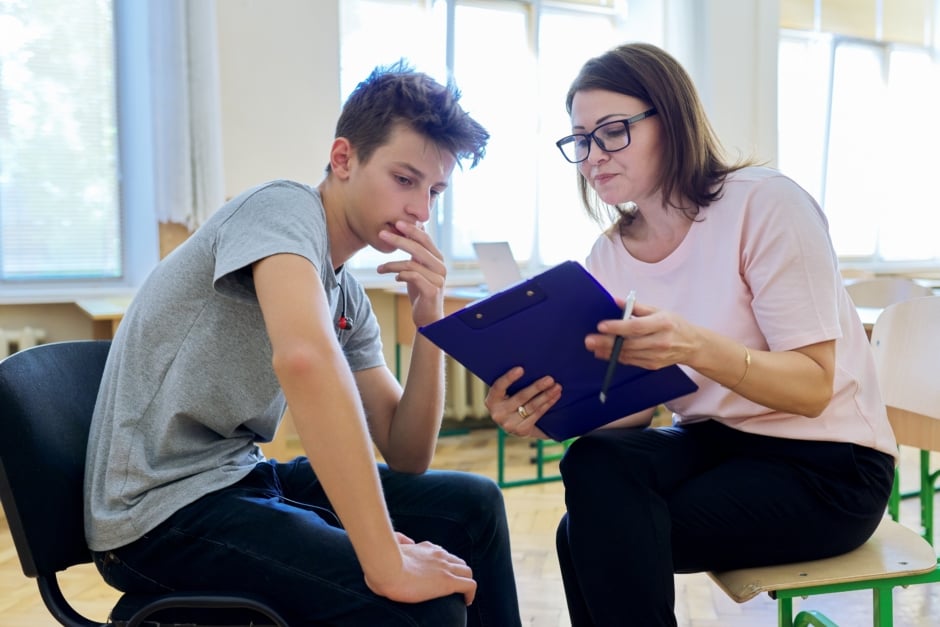Larry B. Goldstein | Judy and Byron Young Neuroscience Institute Endowed Professor, Chair of the Department of Neurology, Associate Dean for Clinical Research at the College of Medicine, Co-Director, Kentucky Neuroscience Institute, Co-Director of UK Neuroscience Research Priority Area, Medical Director of UK-Norton Stroke Care Network KY Clinic, University of Kentucky, Lexington, USA; Board Director, American Academy of Neurology (AAN), USA.
Citation | Neurol AMJ. 2025;2[1]:55-56. https://doi.org/10.33590/neurolamj/ESRA5449
![]()
Disclaimer: Goldstein’s responses represent his own opinions and are not necessarily the positions of the AAN.
As an expert in cerebrovascular disease and stroke, your career spans laboratory research, clinical trials, and policy work. Over the past 30 years, which area has undergone the most transformative evolution, and how has this shaped the current stroke prevention strategies?
The single most important change was the advent of thrombolytic therapy based in large part on the results of the National Institute of Neurological Disorders and Stroke tissue plasminogen activator (NINDS-tPA) trial. This provided evidence that timely treatment of selected patients with an acute ischemic stroke (caused by a blood clot blocking a brain artery) can meaningfully improve outcomes. This led to the development of stroke systems of care, including public education that stroke is treatable with timely care, integration of emergency medical services, and the designation of different levels of stroke centers.
Despite advances, many neuroprotective agents fail in clinical trials. What systemic barriers hinder the translation of preclinical discoveries into viable therapies?
There are a wide variety of reasons for the lack of translation of animal model data related to neuroprotective agents into clinical care. For example, laboratory studies are most often conducted in rodents that have brains that are structurally different from those of humans. Animal models are typically homogeneous and do not reflect the underlying variability in age, comorbid conditions, medication exposures, and other characteristics inherent in humans. Drug dosages, timing, and metabolic factors differ as well. Additionally, behavioral outcome measures used in animal models may not directly correlate with the functional effects of stroke in humans.
In your opinion, what novel targets hold the most promise for improving post-stroke recovery?
One set of observations that has emerged is that structured practice can improve functional outcomes after stroke, even when done months after the acute event. Pharmacological approaches to improve functional outcomes, stem cell therapies, and physiologic modulation with transcranial magnetic stimulation and related technologies are all being explored.
Reflecting on this year’s American Academy of Neurology (AAN) Annual Meeting, what do you consider to be the most significant piece of research or the most impactful discussion?
There were hundreds of presentations at the meeting. An analysis of data from two Phase IV studies (MINORE and SOPRANINO) found minimal placental and breast milk transfer, and no B cell reduction in infants of mothers being treated with ocrelizumab for multiple sclerosis. Treatment with tolebrutinib slowed progression to disability in trial participants with non-relapsing secondary progressive multiple sclerosis (HERCULES). A retrospective observational study in military veterans suggests an association between obstructive sleep apnea and Parkinson’s disease, which might be moderated with continuous positive airway pressure. A Phase III trial found that fremanezumab may have benefit as a preventive therapy in children and adolescents with episodic migraine (SPACE).
Can you tell us how AAN health policy initiatives address racial or rural disparities in US stroke care access?
The AAN mission includes optimizing brain health for all. Support of measures that improve preventive approaches, including lifestyle interventions, access to care, and fostering emergent treatment, when necessary, are all components of optimizing brain health.
What impact have collaborations between the AAN and international bodies like the UEMS-SN and African Task Force achieved in addressing global disparities in post-stroke rehabilitation?
Improving global health is critical, as one in three persons worldwide will have a neurological condition that can lead to early mortality, disability, and socioeconomic loss. What we have learned in providing neurological care can be used in other parts of the world, and lessons learned in underserved regions may also be applicable to areas of our country with limited access to care.
As an AAN Media Expert, what strategies does the AAN employ to counteract misinformation about stroke recovery timelines or novel interventions in public health campaigns?
Consistently conveying evidence-based information, educating both the public and healthcare providers, and being a relied-on source of scientifically reliable recommendations are the cornerstones of combating misinformation.
What new projects or initiatives are you most excited about in the coming years, and how do you envision them contributing to the broader landscape of stroke prevention, treatment, and recovery?
The organization of the country’s health care and research infrastructural support is changing rapidly ,and it is unclear what resources will be available moving forward. Because approximately 90% of strokes are potentially preventable, given our emphasis on brain health, I would hope that we would be able to develop better, more effective strategies to empower people to take whatever steps they can to live a healthy life.







